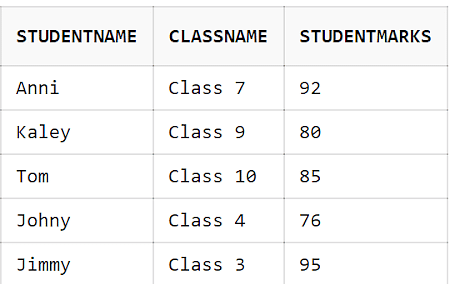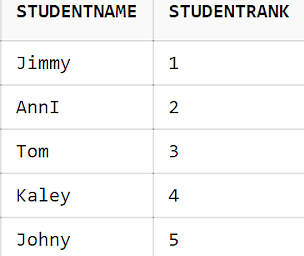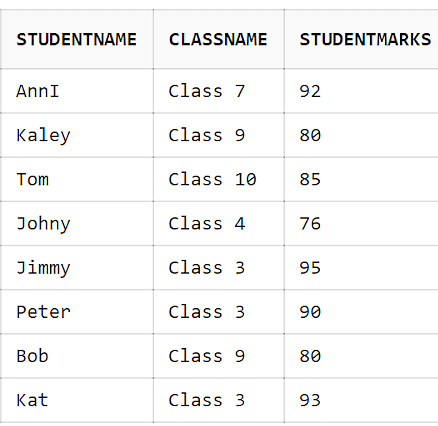In SQL, it’s common to accomplish other aggregated purposes like MIN, MAX, and AVG. After appearing those purposes, you get the output as a unmarried row. To outline the ranks for every box personally, the SQL server supplies a RANK() serve as. The RANK() serve as allocates a rank, this is, an integer quantity to every row inside a gaggle of information units. The RANK() serve as is often referred to as the window serve as. Prior to the use of the MYSQL RANK() serve as, you will need to establish 3 questions:
- Rank what?
- Inside what workforce?
- Rank via what?
Now, let’s take a look at the fundamental syntax of the RANK() serve as in SQL.
Syntax
SELECT column_name,
RANK() OVER (PARTITION BY… ORDER BY…) as rank
FROM table_name;
On this syntax:
- The column_name represents the column that you simply want to rank within the desk
- The PARTITION BY clause divides the end result set’s rows into walls in accordance with a number of parameters
- The ORDER BY clause types the rows in every partition the place the serve as is carried out
Instance
Let’s imagine the desk given beneath to rank the given STUDENTNAME in accordance with STUDENT MARKS.

The code beneath will rank the StudentName, in accordance with StudentMarks because the rank can be saved in a brand new column StudentRank.

Output

As you’ll be able to see that the scholars had been ranked consistent with their marks within the above desk.
The use of SQL RANK() Serve as Over the End result Set
On this instance, you’re going to learn the way to make use of the RANK() serve as over a consequence set. The given question is used to rank all of the scholars in accordance with their marks.

Now, let’s see the output for the above question.
Output

As you’ll be able to see within the above instance, that the PARTITION BY clause is lacking, so the question treats the entire consequence set as a unmarried partition.
The ORDER BY clause is used to type the rows in accordance with pupil marks. The RANK() serve as then carried out leads to the rows in descending order via pupil marks.
The use of SQL RANK() Serve as Over Partition
Now, for figuring out the RANK() serve as over the partition, upload 3 extra rows to the desk that you simply created previous, to know the PARTITION BY clause extra obviously.

Now, that is the desk on which you’ll practice the RANK() serve as. Within the desk above, you added 3 extra scholars, Peter, Bob and Kim.

Output

Word: the desk above is partitioned via the Magnificence title, and every pupil in every elegance is ranked another way. Which means the ORDER BY clause is carried out to every partition one at a time as used to be discussed previous.
The scholars in every elegance are partitioned one at a time and ranked accordingly. There is just one pupil in every Magnificence 10, Magnificence 4, and Magnificence 7, subsequently, the scholars in those categories have their rank as 1.
There are 3 other scholars in Magnificence 3, and subsequently they’re ranked in lowering order via Pupil marks as discussed within the ORDER BY clause. In a similar way, the scholars in Magnificence 9 had been ranked. Since they each have the similar marks, they each acquire rank 1.
Acquire experience in the most recent Trade analytics equipment and methods with the Trade Analyst Certification Program. Join now!
Conclusion
With this, we come to an finish to the Rank() serve as in SQL. Now that you’ve realized concerning the Rank() serve as, it’s time so that you can be informed and discover different purposes and clauses that the SQL server supplies and transfer directly to turn out to be knowledgeable on this box. If you want to get qualified and grasp the A to Z of SQL, you should take a look at Simplilearn’s SQL certification coaching.
If in case you have any doubts relating to this educational, be happy to drop them within the feedback segment, and our professionals will resolution them for you.
supply: www.simplilearn.com












